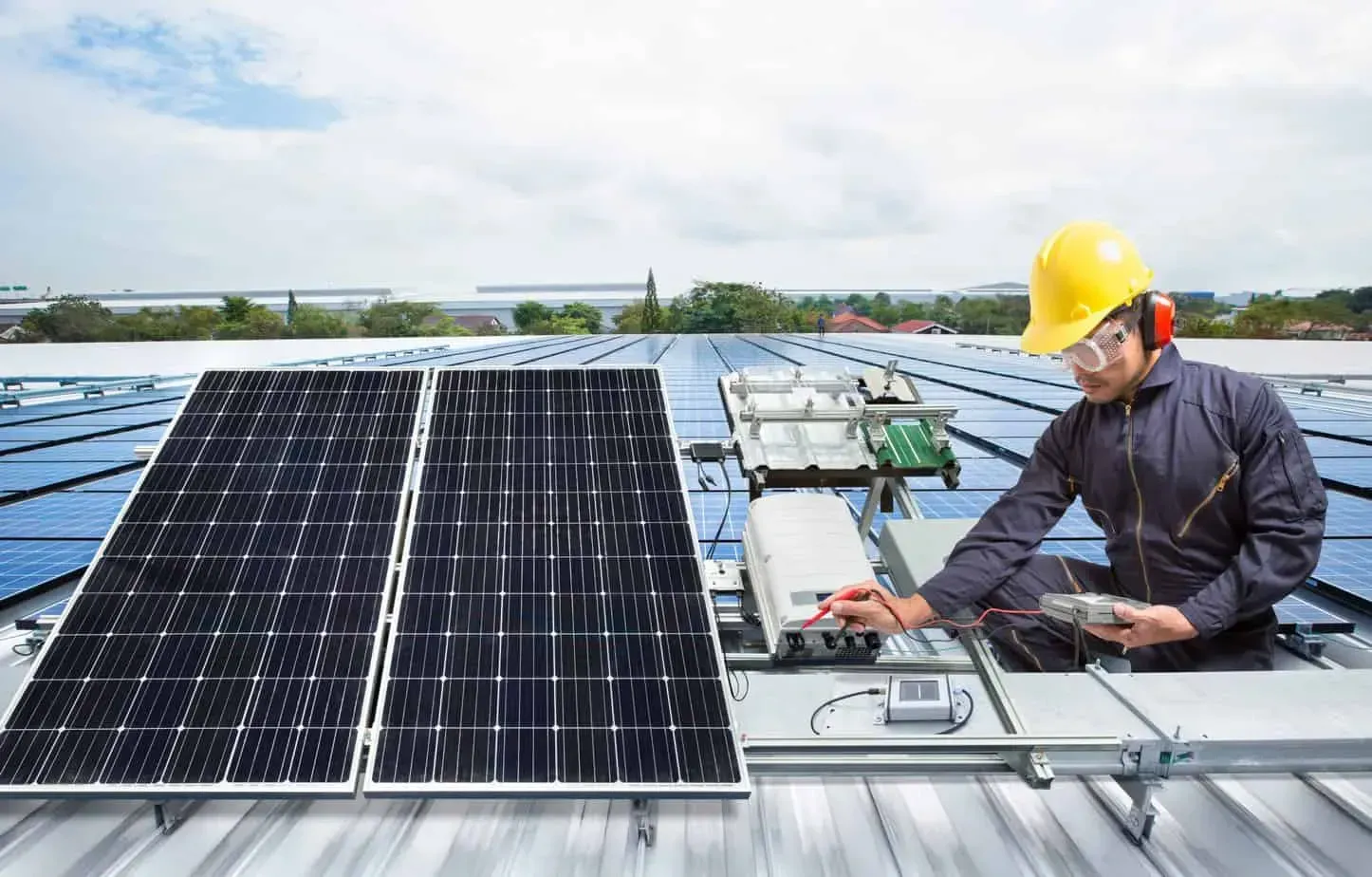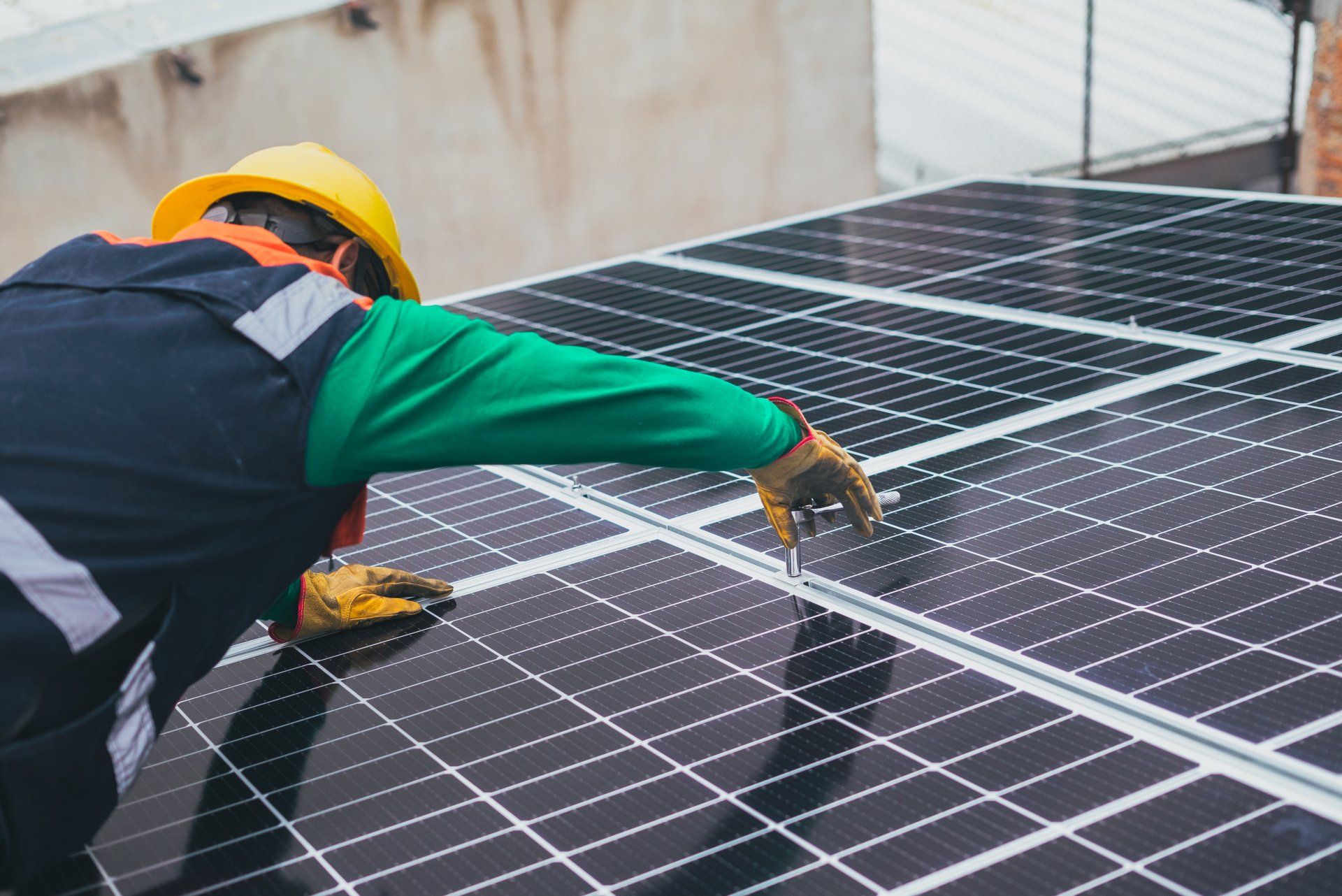How Do Solar Panels Work?
Solar panels are at the forefront of renewable energy technology, harnessing the power of sunlight to generate clean electricity. These innovative devices use a complex interplay of physics and materials science to convert light into usable energy.
In this comprehensive guide, we'll explore the intricate mechanisms behind solar panels, from the basic principles of photovoltaic conversion to the latest advancements in solar cell technology.
To learn more about our
solar panel installations
>

The Basics of Solar Energy Conversion
Solar energy conversion is the cornerstone of how solar panels work. This process transforms sunlight into usable electricity, powering homes and businesses with clean, renewable energy.
Anatomy of a Solar Panel
Understanding the structure of a solar panel is crucial to grasping how it functions. Each component plays a vital role in the efficient conversion of sunlight to electricity.
Types of Solar Cells and Their Functionality
Solar cells come in various types, each with unique characteristics that affect their efficiency, cost, and applications. Understanding these differences is key to grasping how solar panels work in different contexts.
The Solar Panel System in Action
Solar panel systems are intricate networks that work together to harness the sun's energy and convert it into usable electricity. Understanding how these components interact is crucial for appreciating the efficiency of solar power.
Factors Affecting Solar Panel Performance
Understanding the factors that influence solar panel efficiency is crucial for maximising energy production and ensuring optimal system performance. This will help you come over the fear of
misconceptions about solar panels
Advancements in Solar Panel Technology
The solar industry is constantly evolving, with researchers and engineers pushing the boundaries of what's possible in photovoltaic technology. Recent advancements have led to significant improvements in the efficiency, cost-effectiveness, and versatility of solar panels.


